Safety Measures and Regulations: Avionics, the complex electronic systems onboard aircraft, play a critical role in ensuring that aircraft operate safely and efficiently. These systems manage a wide range of functions, from navigation and communication to flight control and monitoring. Given their significance, the troubleshooting and maintenance of avionics demand stringent safety measures and strict regulations. This article delves deep into the safety protocols, best practices, and governing standards surrounding avionics troubleshooting and maintenance.
Safety Measures and Regulations: Avionics Troubleshooting and Maintenance

1. Introduction
With the rapid evolution of technology, avionics systems have become more sophisticated and intricate. These advancements, while providing improved performance and safety, also entail more complex maintenance procedures. Ensuring that these systems operate flawlessly is vital for the safety of both the aircraft and its passengers.
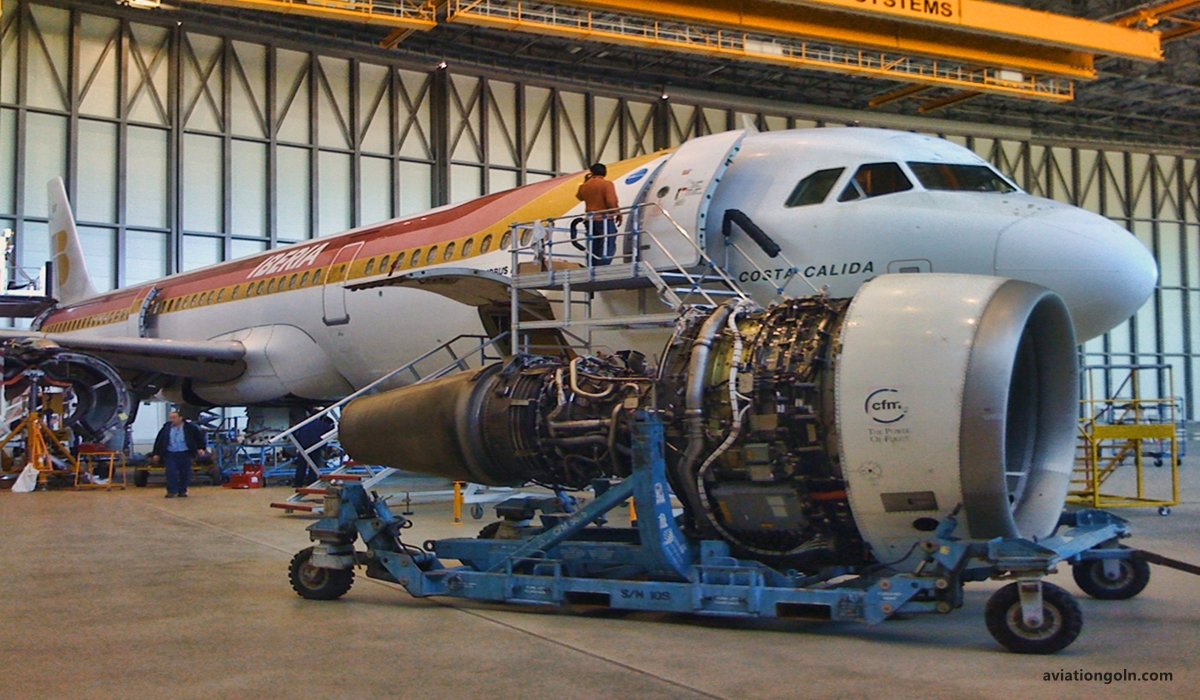
2. Importance of Avionics Maintenance
Regular and rigorous avionics maintenance ensures:
- Optimal Performance: Properly maintained systems ensure that aircraft function at peak performance, reducing the risk of equipment failures during flights.
- Safety: Proper troubleshooting and maintenance can preempt failures, which might otherwise lead to in-flight emergencies or accidents.
- Economic Efficiency: Routine maintenance can prevent costly breakdowns and prolong the life of avionic components.

3. Regulatory Authorities and Standards
Governing bodies such as the Federal Aviation Administration (FAA) in the U.S., the European Union Aviation Safety Agency (EASA) in Europe, and other national aviation authorities play a pivotal role in setting standards and regulations for avionics maintenance.
- Part 43 of the FAA Regulations: This defines the maintenance, preventive maintenance, rebuilding, and alteration standards for U.S.-registered aircraft.
- EASA Part 145: Establishes the maintenance standards for European-registered aircraft.
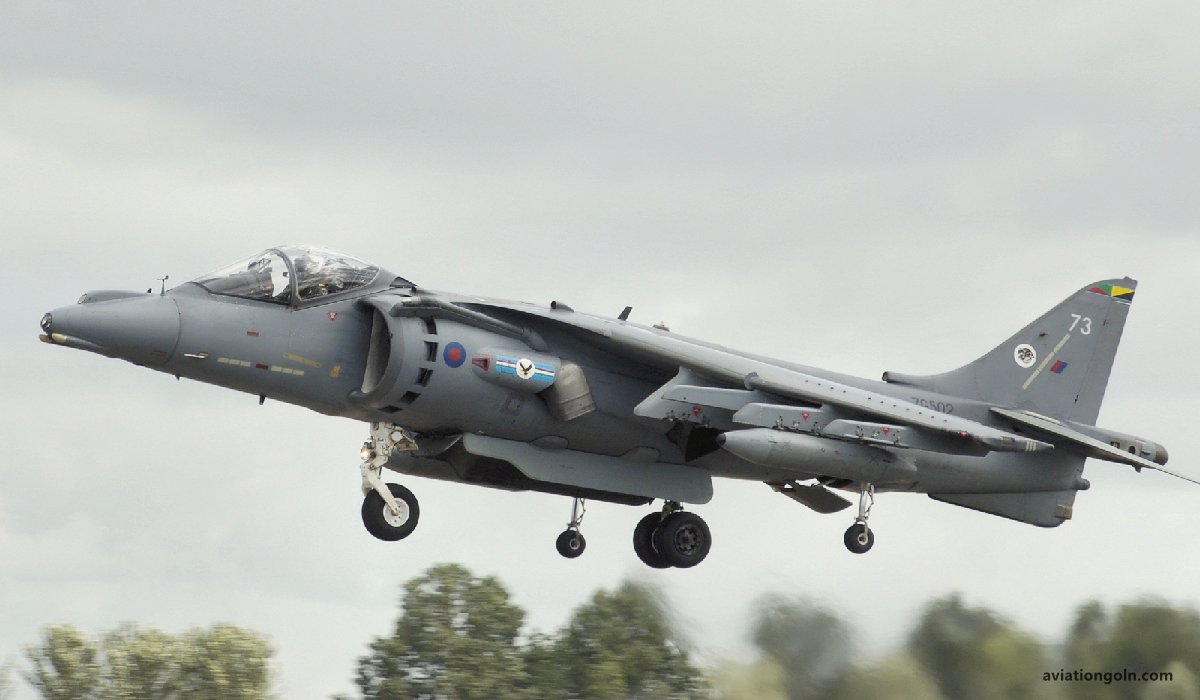
4. Safety Measures in Avionics Troubleshooting
Before initiating any troubleshooting process, it’s essential to follow these safety measures:
- Isolate the Power: Ensure that the aircraft’s power supply is disconnected to prevent electrical hazards.
- Use Proper Tools: Utilize specialized avionic tools and ensure they are calibrated and certified.
- Static Discharge Protection: Use anti-static wristbands to protect sensitive electronic components from static electricity.
- Documentation: Always have the aircraft’s maintenance manual, schematic diagrams, and other relevant documentation on hand.

5. Scheduled vs. Unscheduled Maintenance
- Scheduled Maintenance: This is the planned maintenance carried out at regular intervals as defined by the aircraft manufacturer or regulatory authorities. It includes routine inspections, part replacements, and software updates.
- Unscheduled Maintenance: This arises from unforeseen avionics issues detected during operations or routine checks. It demands swift troubleshooting to identify the fault and rectify it.

6. Best Practices in Avionics Maintenance
- Continuous Training: Technicians should undergo regular training to stay updated with the latest avionic technologies and maintenance procedures.
- Quality Assurance: Implement a robust QA process to ensure every maintenance activity meets the stipulated standards.
- Software Management: Ensure that avionic software is updated as per the manufacturer’s recommendations. Use only certified software versions to maintain system integrity.
- Component Replacement: Replace components with those approved by regulatory bodies and the aircraft’s manufacturer to ensure compatibility and safety.
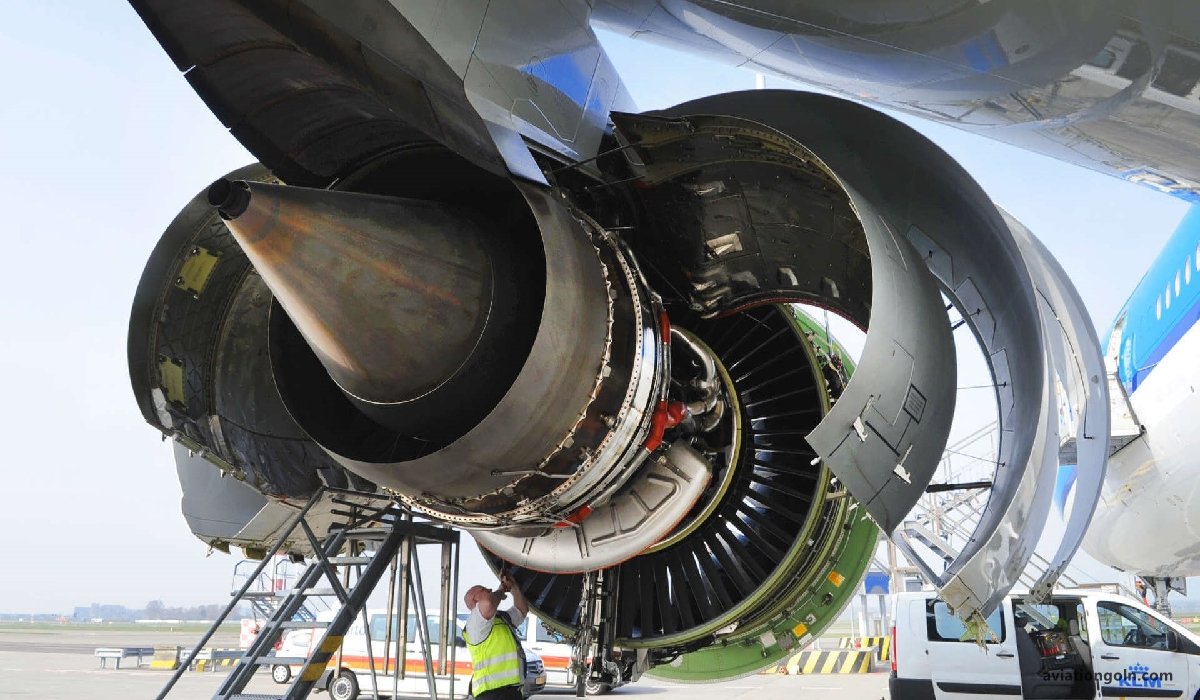
7. Environmental Considerations
The environment in which aircraft operate can affect avionic systems. High-altitude radiation, temperature variations, humidity, and vibration can impact the electronic components. Maintenance procedures must consider these environmental factors to ensure avionic systems are resilient and reliable.

8. Incident Reporting
If an avionic system failure or anomaly is detected, it’s crucial to report the incident to relevant authorities. This not only aids in resolving the current issue but also helps in amassing data for future safety research and recommendations.

9. The Role of Technology in Maintenance
Modern technologies, such as Augmented Reality (AR) and Artificial Intelligence (AI), are making inroads into avionics maintenance:
- AR: Assists technicians by overlaying digital information, such as schematics, on the real world, simplifying complex tasks.
- AI: Can predict potential avionic failures by analyzing vast amounts of flight data, enabling preventive maintenance.

10. The Human Element
While technology plays a significant role, the human element is irreplaceable. The skill, experience, and intuition of technicians are invaluable. Ensuring their well-being, through measures like ergonomic workspaces and regular breaks, is paramount.
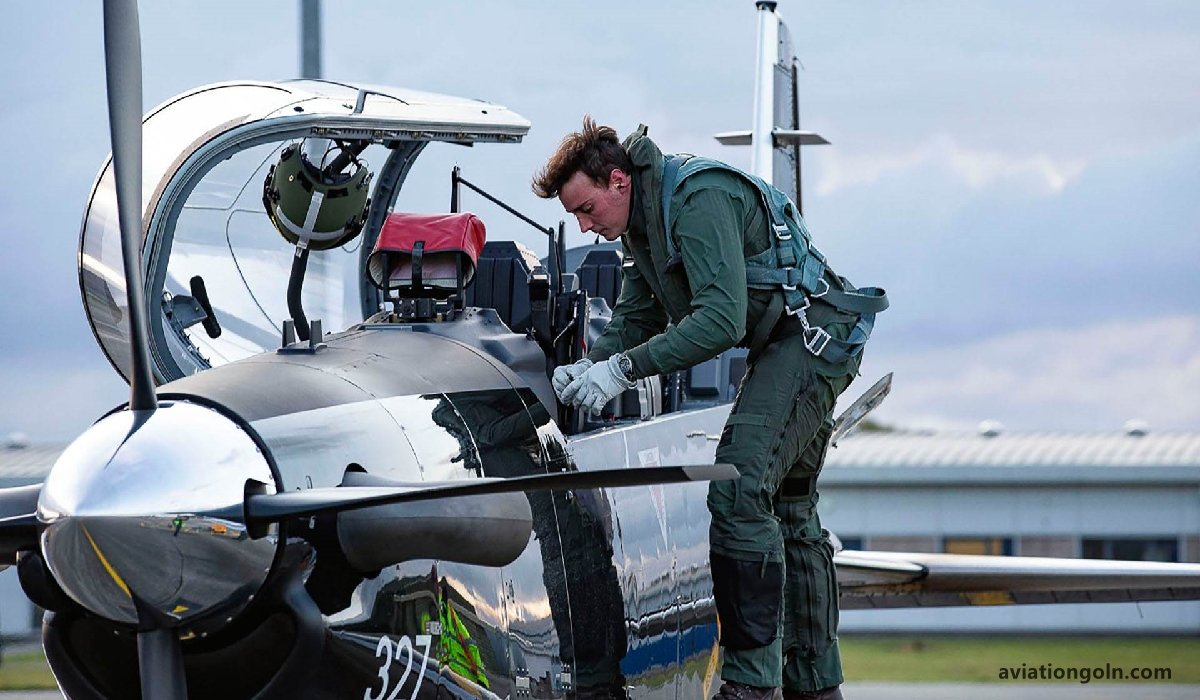
11. Future Challenges and Opportunities
The avionics landscape is continually evolving, with emerging technologies like urban air mobility and unmanned aerial vehicles. Maintenance protocols will need to adapt to these changes, presenting both challenges and opportunities for technicians and regulators alike.
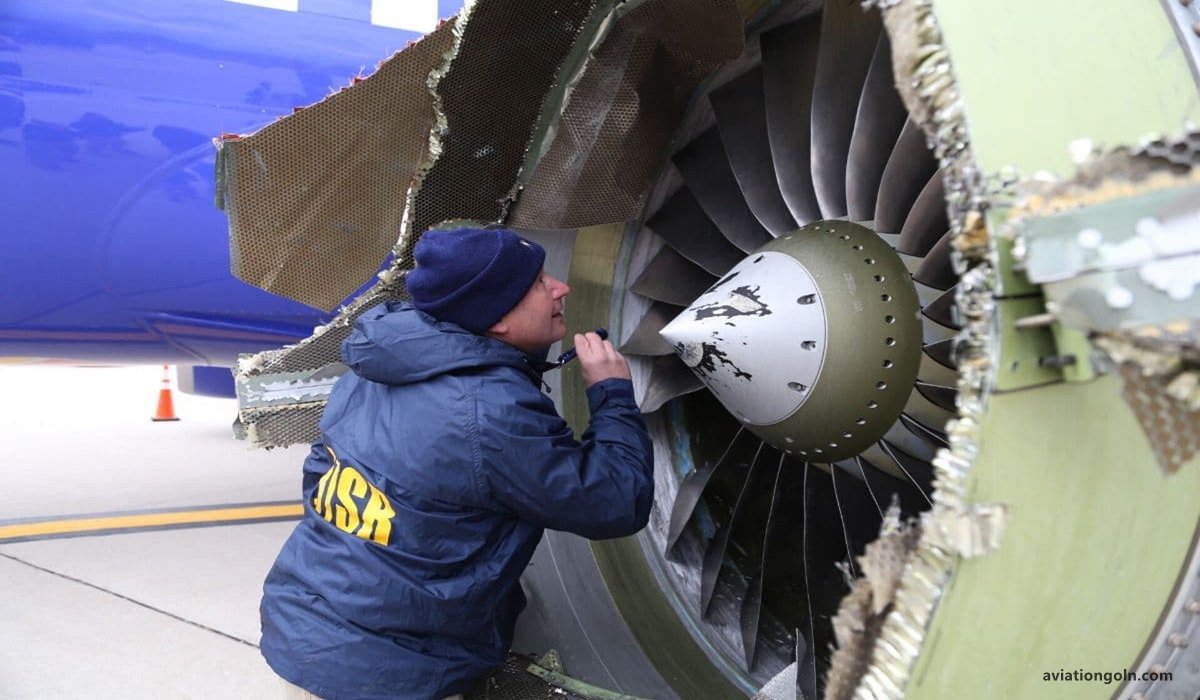
Safety in aviation is non-negotiable. Given the critical role that avionics play in modern aircraft, the importance of their meticulous troubleshooting and maintenance cannot be overemphasized. By adhering to established safety measures and regulations, and by continuously updating practices in line with technological advancements, the aviation industry ensures the safe and efficient operation of these intricate systems, safeguarding the skies for everyone.
See more:
